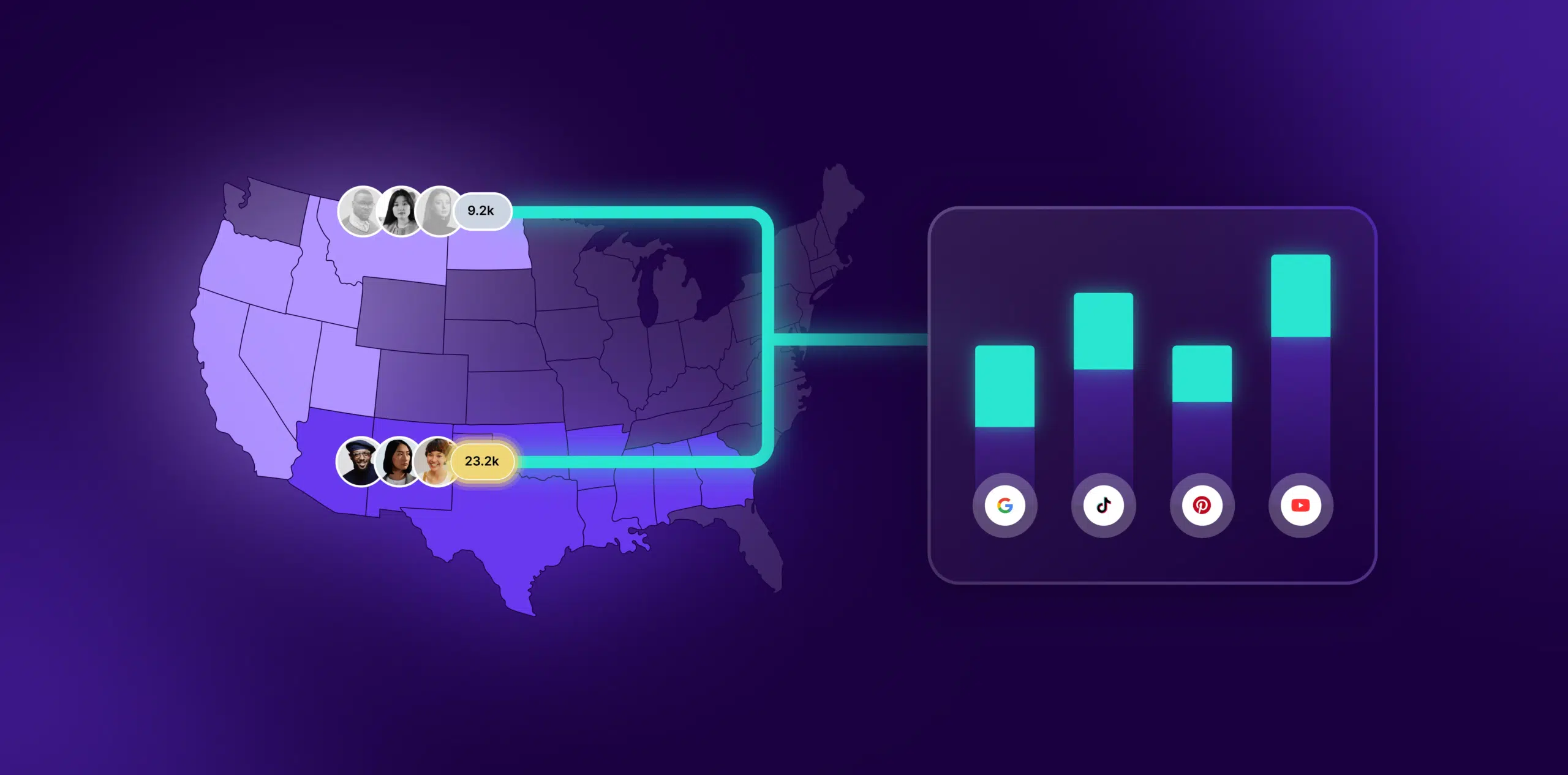What is Digital out-of-home?
Digital Out-of-home (DOOH) is a modern form of advertising that makes use of digital media for promotional, informational or educational purposes in transportation areas such as airports and bus stations, cafes, retail stores, or other public spaces. Unlike traditional signage, DOOH ads are dynamic, programmatic, and interactive, which makes them both versatile and targeted in a way that traditional billboards can’t be.
Formula
In a broader perspective, the reach of DOOH can be calculated as:
DOOH Reach = (Number of Impressions / Total Population) * 100
Example
A practical example would be digital billboards placed at Times Square marketing a specific product or service. Another example could be a digital ad displayed on screen on a subway platform.
Why is Digital out-of-home important?
The digital transformation across industries has brought attention to the importance of DOOH. These are some of the reasons why DOOH matters:
- Reachability: DOOH is able to reach consumers in public places where they spend a great deal of time.
- High Engagement: DOOH attracts 400% more views and 83% recall rate than traditional static signage.
- Flexibility: Ads can be updated or altered in real-time depending on the requirements which traditional out-of-home advertising lacks.
Which factors impact Digital out-of-home?
Improving DOOH relies upon better targeting, timing, and location. Brands can use AI to analyze audience behavior and demographics in real-time to serve targeted content at opportune times. Moreover, utilizing metadata such as weather, location or time, could trigger specific adverts, thus enhancing efficiency and relevance.
How can Digital out-of-home be improved?
Several factors can affect the effectiveness of DOOH. Some of them are:
- Placement: Placement should be strategic to maximize viewer interaction.
- Content: Content shared must be visually appealing and able to evoke interest.
- Timing: It should coincide with the time when target audiences are most likely to be present.
What is Digital out-of-home’s relationship with other metrics?
DOOH can drive ecommerce growth by attracting potential customers, thus leading to direct impact on traffic, conversions, and revenue. Further, integrating QR codes or social media hashtags in DOOH ads could initiate online searches and bring customers straight to ecommerce sites. For instance, according to a recent study by OutSmart, the integration of DOOH and mobile advertising can lead to a 48% increase in activation rate, a crucial ecommerce metric.
Free essential resources for success
Discover more from Lifesight






















































